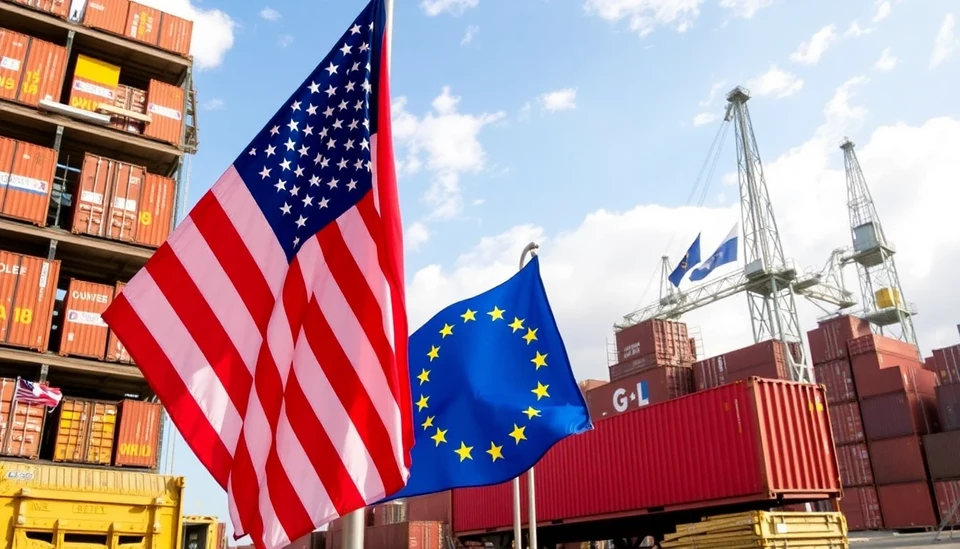
The European Union (EU) is actively contemplating the implementation of a substantial 25% tariff on a select array of goods imported from the United States. This decision arises from a lengthy and contentious dispute centered around the metals sector, particularly targeting specific American products that the EU views as being affected by broader trade tensions. This potential move underscores the escalating economic frictions between the two major trading blocs and highlights the intricate web of international trade policies.
In recent statements, officials from the EU articulated their concerns regarding the impact of U.S. trade policies on European industries. The tariffs, if enacted, would predominantly affect key sectors such as agriculture and consumer goods, potentially leading to a significant increase in prices for European consumers. Notably, the proposed tariffs stem from longstanding grievances related to U.S. tariffs on steel and aluminum, which have been a point of contention since their introduction.
The backdrop of this dispute lies in the U.S. imposition of tariffs on steel and aluminum imports, which the American administration justified by citing national security concerns. In response, the EU has retaliated with its own set of tariffs targeting U.S. products, adding a layer of complexity to transatlantic trade relations. The proposed 25% tariffs are part of the EU's effort to level the playing field for European manufacturers who feel disadvantaged by American tariffs.
Trade analysts warn that the repercussions of such tariffs could extend beyond just the affected goods; they might trigger a wider trade war between the EU and the U.S., impacting various sectors and increasing the cost of doing business across the Atlantic. The potential fallout could also deter investment and hamstring economic growth on both sides of the ocean, creating a ripple effect in global markets.
As discussions around these tariffs continue, stakeholders from various industries are voicing their apprehensions. Agricultural exporters in the U.S., for example, are expressing fears that the new tariffs could adversely affect their access to the European market, resulting in decreased sales and possible job losses at home. On the other hand, European industries are watching closely, anticipating how these measures could reshape their competitive landscape.
The EU's proposed tariffs are still under review and will necessitate a consensus among member states before any action is taken. Nevertheless, this situation is a stark reminder of the fragility of international trade relations and the potential for escalating conflict over trade policies.
In conclusion, as the EU weighs its options regarding tariffs on U.S. goods, the implications of this decision not only reverberate within Europe and the United States but also across the global economy. Stakeholders in both regions will be closely monitoring developments in the coming weeks, hoping for a resolution that can prevent further deterioration of trade ties.
#EU #USTariffs #MetalsDispute #TradeWar #InternationalTrade #Economy #Steel #Aluminum #Tariffs
Author: Daniel Foster




